Summer brings a rainbow of delicious fruits that are at their sweetest and juiciest right now. These seasonal treasures aren’t just mouth-watering treats—they’re packed with vitamins, minerals, and antioxidants that keep our bodies healthy during hot weather. From backyard barbecues to refreshing snacks, summer fruits add color and nutrition to everything they touch.
1. Strawberries
Red, juicy, and irresistibly sweet, strawberries mark the true beginning of summer fruit season. Their distinctive heart shape and tiny seeds make them instantly recognizable to even the youngest fruit lovers. Farmers markets overflow with these ruby gems from late spring through early summer.
For the freshest experience, look for fully red berries with bright green caps and no soft spots. Beyond classic strawberry shortcake, try them sliced over Greek yogurt with honey, blended into smoothies, or simply washed and enjoyed straight from the container.
Store unwashed berries in the refrigerator with paper towels to absorb moisture and prevent molding.
2. Blueberries
Summer delivers the sweetest, plumpest blueberries of the year. These little blue gems burst with flavor while leaving your fingers stain-free—unlike their berry cousins.
Native to North America, blueberries reach their prime from June through August. The telltale dusty white coating (called bloom) on fresh blueberries isn’t something to wash off immediately—it’s a natural protective layer that helps keep them fresh.
Sprinkle them over cereal, fold them into pancake batter, or freeze them for a cool summer snack. Freezing tip: Spread unwashed berries on a baking sheet before transferring to containers—this prevents them from clumping together.
3. Raspberries
Raspberries bring a perfect balance of sweetness and tartness that makes them summer’s most sophisticated berry. Their hollow centers and velvety texture create a unique eating experience unlike any other fruit.
The raspberry season peaks from June through September, with the most flavorful berries appearing in July and August. When shopping, look for plump, bright-colored fruits that aren’t crushed or mushy. Scatter them over salads for a surprising pop of flavor, layer them in parfaits, or cook them down into a simple sauce for ice cream.
The darkest red varieties often contain the most intense flavor, while golden raspberries offer a milder, honey-like sweetness.
4. Blackberries
Blackberries transform from hard red knobs to glossy black jewels during peak summer months. Their complex flavor combines sweetness, tartness, and a hint of earthiness that makes them a favorite for both sweet and savory dishes.
Many families have traditions of picking wild blackberries along country roads and trails in July and August. The berries growing highest on the bush and receiving the most sun develop the sweetest flavor. Bake them into cobblers, simmer them into jams, or add them to summer cocktails for color and flavor.
Despite their sturdy appearance, blackberries bruise easily and should be stored in shallow containers rather than piled deep in a bowl.
5. Peaches
Biting into a perfectly ripe peach—juice running down your chin and that unmistakable sweet aroma filling your senses—might be summer’s most perfect moment. Their sunset colors and fuzzy skin signal the height of summer bounty.
Peach season runs from May through September, with peak flavor hitting in July and August. The best peaches yield slightly to gentle pressure and smell noticeably sweet at the stem end. Grill peach halves for a caramelized treat, slice them into summer salads, or simply eat them over the sink to catch all the juice.
Never refrigerate peaches until they’re fully ripe—cold temperatures stop the ripening process and can make the texture mealy.
6. Nectarines
Nectarines offer all the juicy sweetness of peaches without the fuzzy exterior. Their smooth, glossy skin transitions from yellow-green to deep red-orange as they ripen, signaling the intense flavor waiting inside.
Available from June through September, nectarines reach their flavor peak in July and August. Contrary to popular belief, nectarines aren’t peach hybrids—they’re a genetic variant with a recessive gene that creates smooth skin. Slice them into fruit salads where their firm texture holds up well, poach them in wine for an elegant dessert, or eat them fresh as a portable summer snack.
To speed up ripening, place nectarines in a paper bag with a banana—the ethylene gas the banana releases accelerates the process naturally.
7. Plums
Summer plums arrive in a rainbow of colors—deep purple, ruby red, golden yellow, and even green—each with its own unique flavor profile. Their firm exterior gives way to soft, juicy flesh that ranges from sweet to tangy-sweet depending on the variety.
Plum season stretches from May through October, with Japanese varieties appearing earlier and European types later in summer. The telltale sign of perfect ripeness is slight give when gently squeezed and fruit that feels heavy for its size. Bake them into rustic tarts, poach them in cinnamon syrup, or enjoy them fresh out of hand.
Plums contain unique antioxidants not found in many other fruits, making them as healthy as they are delicious.
8. Sweet Cherries
Sweet cherries like Bing and Rainier varieties bring a burst of summer joy in each bite-sized package. Their deep flavor combines sweetness with subtle almond notes that make them irresistible fresh from the stem. The sweet cherry season is tantalizingly brief—typically just May through August—making them one of summer’s most anticipated treats.
Rainier cherries, with their yellow-red blush, contain less anthocyanin (the compound that stains) than deep red varieties. Add them to summer salads for color and sweetness, dip them in chocolate for an elegant dessert, or simply enjoy them by the handful.
The stems help cherries stay fresh longer, so leave them attached until ready to eat.
9. Tart Cherries
Montmorency and other tart cherry varieties might pucker your lips when eaten raw, but they transform into something magical when cooked. Their bright red color and intense flavor make them the undisputed kings of summer pie fillings.
Available primarily in June and July, tart cherries have a fleeting season that inspired traditional cherry festivals across Michigan and Wisconsin. Unlike sweet cherries, these ruby gems are rarely eaten fresh and are often sold frozen, dried, or as juice.
Use them in classic cherry pies, mix them into barbecue sauces for a fruity kick, or reduce them into syrups for summer cocktails and sodas. Health highlight: Tart cherries contain natural melatonin and anti-inflammatory compounds that make them a favorite among athletes for recovery.
10. Apricots
Apricots arrive in markets like little balls of sunshine, with velvety skin in shades ranging from pale yellow to deep orange. Their flavor combines subtle sweetness with a distinctive tartness that intensifies when cooked.
The apricot season runs from May through July, making them one of summer’s earliest stone fruits. Despite their resemblance to small peaches, apricots have their own unique flavor profile and typically contain less juice. Halve and grill them for a caramelized treat, dry them for year-round enjoyment, or use them in Moroccan-inspired savory dishes with lamb and spices.
The most flavorful apricots have a rich aroma and yield slightly to gentle pressure—avoid rock-hard or overly soft fruits.
11. Watermelon
Nothing says summer quite like watermelon—that first cool, crisp bite on a hot day feels like pure refreshment. Its sweet, rosy flesh is over 90% water, making it nature’s perfect hydration solution during scorching summer days.
Watermelon reaches peak sweetness from June through August. Modern seedless varieties have made eating more convenient, though some melon enthusiasts insist the seeded types offer superior flavor. Cube it for fruit salads, blend it into refreshing agua fresca drinks, or grill slices for a surprising caramelized treat.
Look for a melon with a creamy yellow (not white) spot where it sat on the ground—this indicates it ripened in the field rather than being harvested too early.
12. Cantaloupe
Cantaloupe brings a distinctive musky sweetness to summer breakfast tables across America. Its netted rind opens to reveal sunset-orange flesh that’s both refreshing and satisfyingly sweet. Peak cantaloupe season runs from June through August, when the melons develop their fullest flavor.
Many people don’t realize cantaloupe continues to ripen after harvesting, unlike many other melons. Wrap slices in prosciutto for a classic appetizer, blend it into smoothies for natural sweetness, or scoop it into balls for fruit salads.
A ripe cantaloupe smells noticeably sweet at the stem end and should feel heavy for its size with slight give at the blossom end when pressed gently.
13. Honeydew
Honeydew offers a more subtle sweetness than its melon cousins, with pale green flesh that’s incredibly refreshing. Its delicate flavor makes it the perfect canvas for both sweet and savory summer dishes.
Available from June through October, honeydew reaches its peak sweetness in July and August. The melon should feel heavy for its size and have a slightly waxy rather than fuzzy rind when perfectly ripe. Blend it into chilled summer soups, combine it with feta and mint for a savory salad, or freeze cubes for natural ice cubes in summer drinks.
Unlike many fruits, ripe honeydew can last up to a week in the refrigerator without losing significant quality—just store cut pieces in airtight containers.
14. Concord Grapes
Concord grapes deliver an intensely grape-y flavor that makes grocery store varieties pale in comparison. Their deep purple skin contains the distinctive aroma compounds that give grape juice and jelly their familiar flavor.
These special grapes have a short harvest season from August through October. Unlike table grapes, Concords are slip-skin varieties—the skin separates easily from the pulp when squeezed. Press them for homemade juice, simmer them into jam, or try eating them fresh—just be prepared to spit out the seeds. Historical note:
Concord grapes were developed in Concord, Massachusetts in 1849 by Ephraim Wales Bull, who selected wild native grapes for cultivation, creating this American classic that’s still grown primarily in the Northeast and Pacific Northwest.
15. Seedless Grapes
Seedless grapes in green, red, and black varieties bring convenient snacking to summer fruit platters. Their crisp texture and sweet juice make them universally appealing to fruit lovers of all ages. Summer brings peak flavor to domestic grape varieties from July through September.
Thompson seedless (green) offer mild sweetness, while Flame and Crimson (red) varieties provide a balanced sweet-tart flavor, and Black Monukka grapes deliver deeper, wine-like notes. Freeze them for a cooling summer treat, add them to chicken salad for sweet pops of flavor, or simply wash and serve as nature’s perfect finger food.
Look for grapes with green, pliable stems rather than brown, brittle ones—this indicates fresher fruit that will last longer in your refrigerator.
16. Figs
Fresh figs arrive in markets like little leather pouches holding sweet, seedy treasures inside. Their honey-like sweetness and unique texture—crunchy seeds suspended in soft flesh—make them one of summer’s most sophisticated fruits.
Fig season delivers two harvests: a brief early crop in June and the main crop from August through October. Black Mission figs offer deep sweetness, Brown Turkey figs provide more subtle flavor, and the green-yellow Calimyrna variety brings nutty notes.
Pair them with cheese and honey for an elegant appetizer, grill them with balsamic glaze, or simply slice them over yogurt. Figs aren’t actually fruits but inverted flowers, and the tiny seeds inside are the real fruits—each fig contains thousands of these tiny seeds.
17. Passion Fruit
Passion fruit brings exotic tropical flavor to southern summer markets. Its wrinkled purple or yellow exterior hides intensely flavored, aromatic pulp filled with edible black seeds—creating a sweet-tart flavor explosion.
In the southern United States, passion fruit ripens from June through September. Counter-intuitively, the more wrinkled the skin, the riper and sweeter the fruit—smooth passion fruits need more time to develop their full flavor.
Scoop the pulp over ice cream, whisk it into salad dressings, or add it to cocktails for tropical flair. Serving suggestion: The simplest way to enjoy passion fruit is to cut it in half and eat the pulp and seeds with a spoon, perhaps with a drizzle of honey if it’s particularly tart.
18. Guava
Guava brings tropical sweetness to summer fruit stands in Florida and California. Its distinctive fragrance—somewhere between strawberry, pear, and musk—signals the incredible flavor waiting inside the thin edible skin.
Summer guavas appear from June through September in warm-climate states. Pink guavas offer sweeter flavor with rosy flesh, while white-fleshed varieties provide more subtle, pear-like notes. Slice them into fruit salads, simmer them into tropical jams, or puree them for exotic smoothies.
Guavas are ready to eat when they yield slightly to gentle pressure and their fragrance becomes noticeable even before cutting them open—the stronger the smell, the riper the fruit.
19. Key Limes
Key limes pack intense flavor into packages smaller than golf balls. Their yellowish-green color and distinctively aromatic juice make them summer’s most prized cocktail and pie ingredient.
Florida’s Key lime season peaks from June through August, when the fruits develop their perfect balance of acidity and floral notes. True Key limes are significantly smaller and more aromatic than the Persian limes commonly found in grocery stores. S
queeze them into marinades for grilled fish, whisk the juice into homemade salad dressings, or create the classic Key lime pie. Roll Key limes firmly under your palm before cutting and squeezing—this breaks the membranes inside and yields significantly more juice from these small fruits.
20. Persian Limes
Persian limes bring their distinctive green pop to summer drinks and dishes across America. Their bright, clean flavor and generous juice content make them summer’s most versatile citrus.
While available year-round, Persian limes reach peak quality and lowest prices from May through August. Most people don’t realize these common limes are actually picked before fully ripening—a truly ripe lime would be yellow! Squeeze them into guacamole to prevent browning, use their zest in marinades for grilled meats, or juice them for classic limeade.
Limes dry out quickly at room temperature but can last weeks in the refrigerator—for even longer storage, freeze the juice in ice cube trays for measured amounts whenever needed.
21. Early Apples
Early summer apple varieties like Lodi and Transparent offer a preview of fall’s bounty. Their tart, bright flavor and crisp texture make them perfect for cooking while we wait for autumn’s sweeter varieties.
These early apples appear in markets from July through August. Unlike storage apples that improve with time, early varieties are best used quickly after harvest when their flavor and texture are at their peak. Cook them into applesauce without added sugar, bake them into tarts with plenty of cinnamon, or slice them for salads.
Early apples break down quickly when cooked, making them perfect for smooth sauces but less ideal for pies where you want distinct apple pieces—add a tablespoon of lemon juice to help them hold their shape.
22. Mulberries
Mulberries bring a touch of wildness to early summer fruit harvests. Their appearance—similar to blackberries but longer and growing directly on trees—and sweet-tart flavor make them a forager’s delight across much of America.
Mulberry season runs from May through July, with trees often producing so abundantly that sidewalks below become stained purple with fallen fruit. White mulberries offer mild sweetness, while black and red varieties provide deeper, wine-like flavor. Bake them into muffins, simmer them into syrup for pancakes, or mix them with other berries in summer cobblers.
Rather than picking individual berries, place a sheet under mulberry branches and gently shake—ripe berries will fall while unripe ones stay attached.
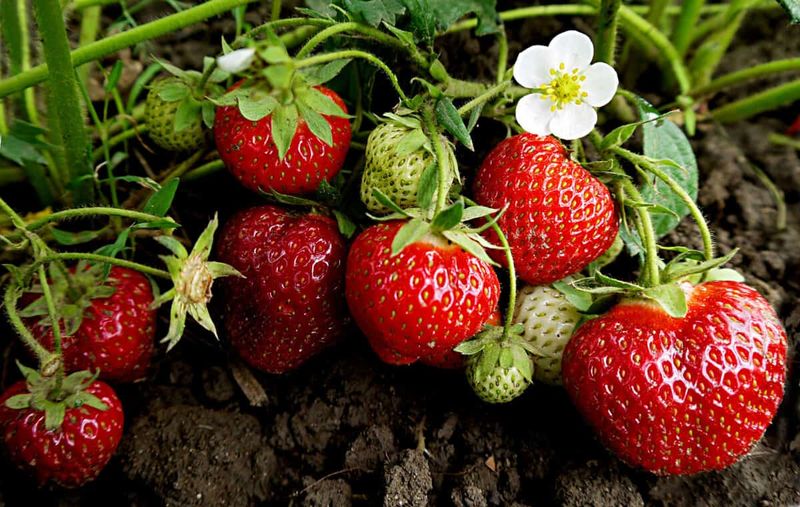
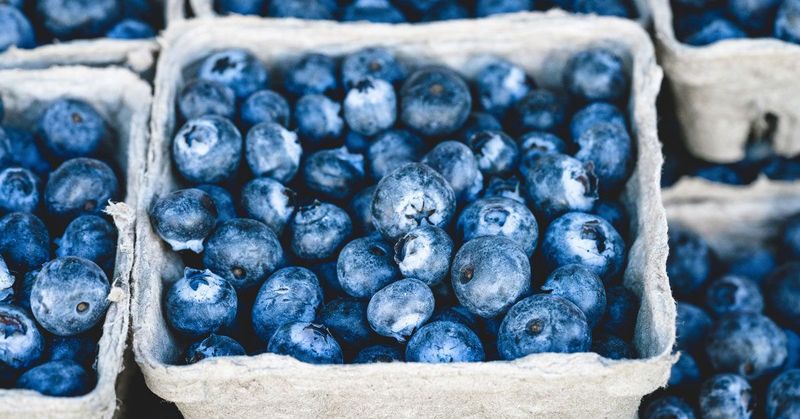

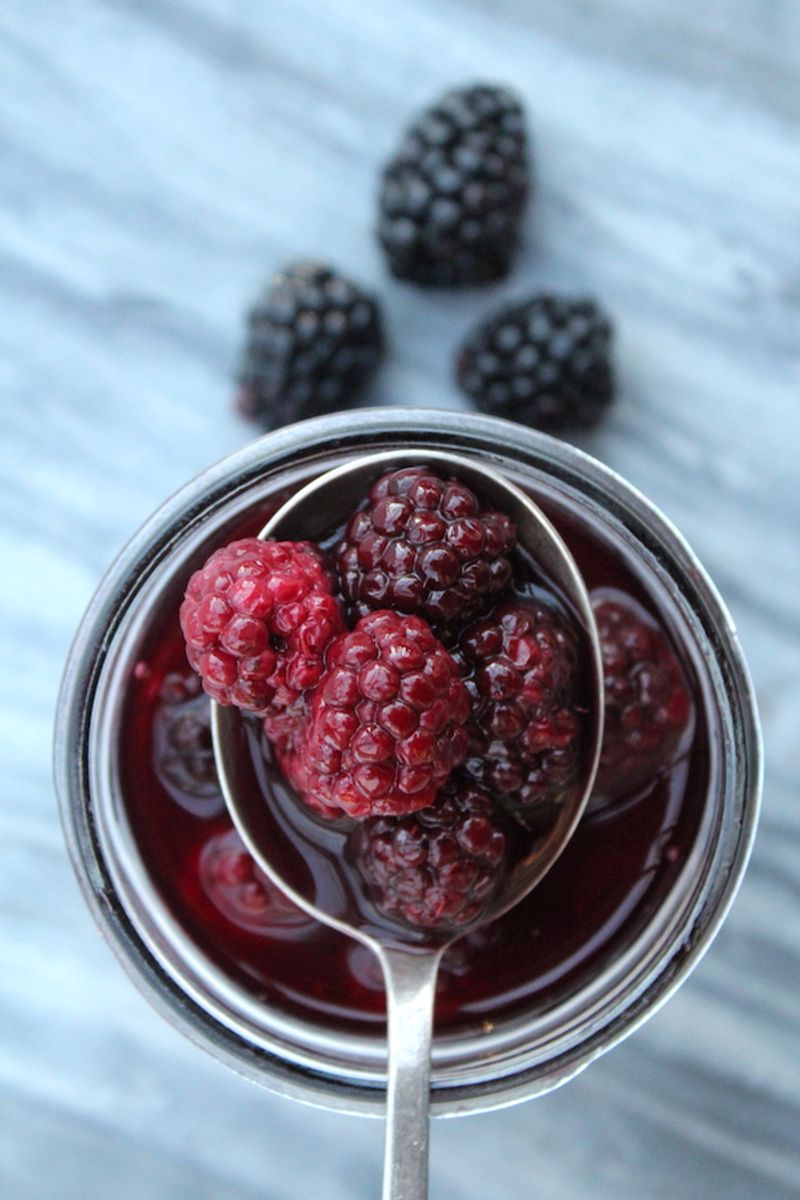
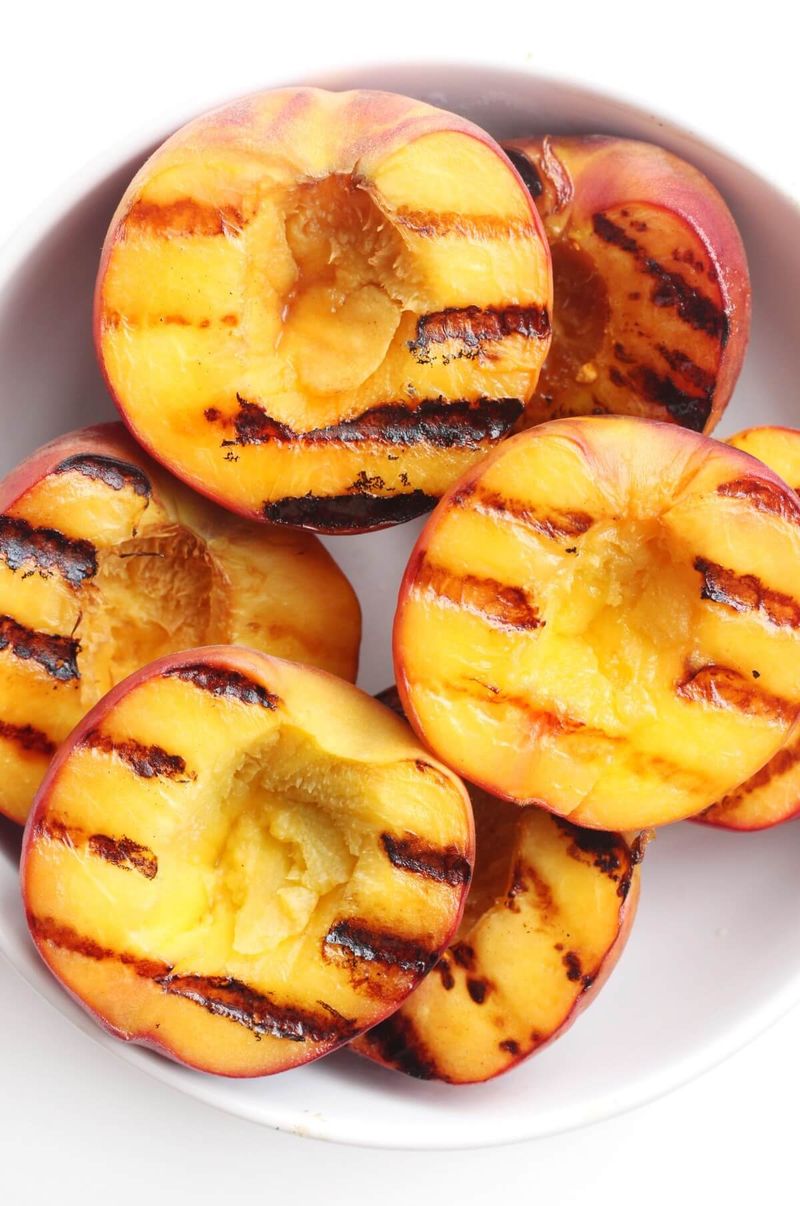
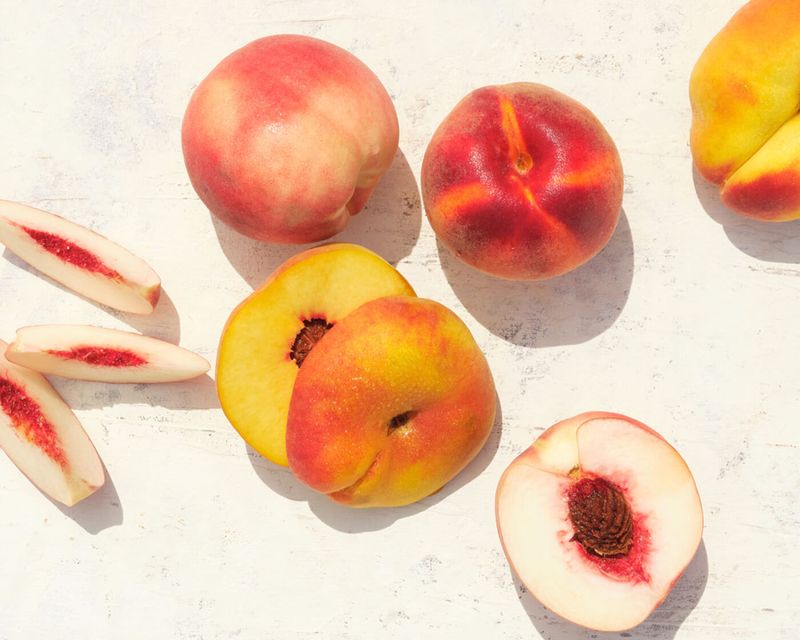
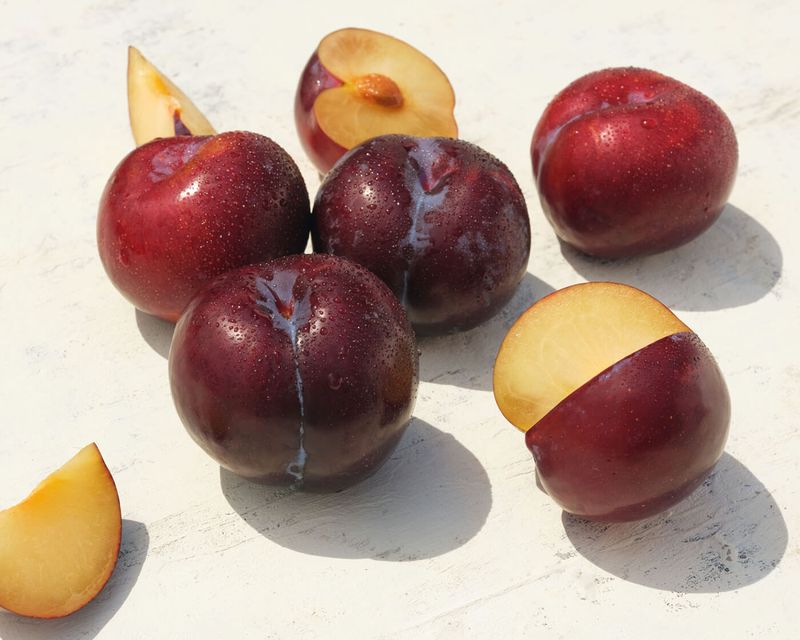
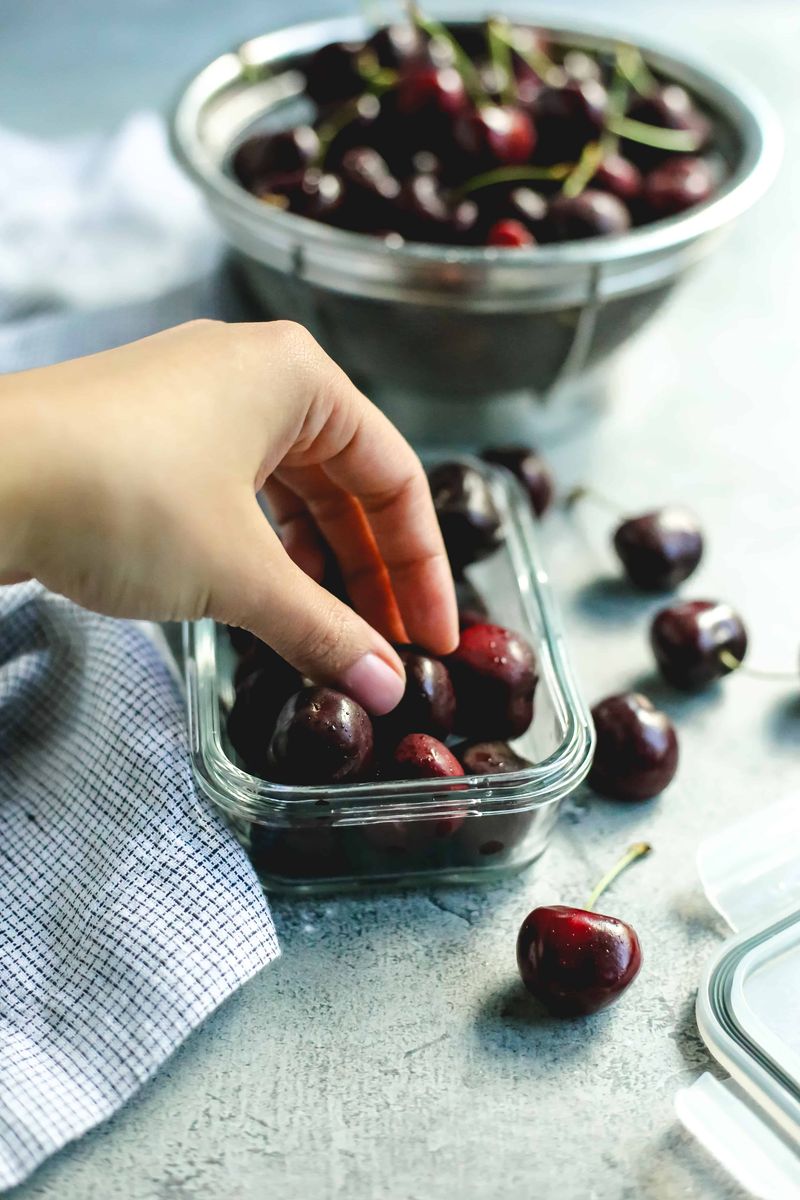
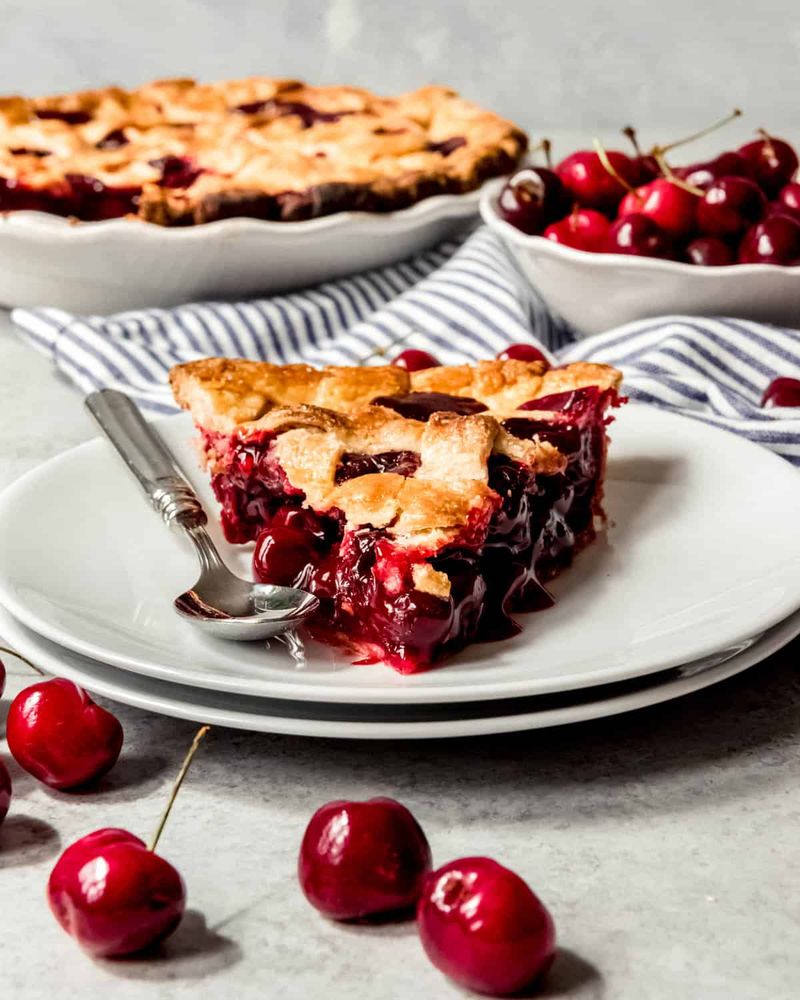
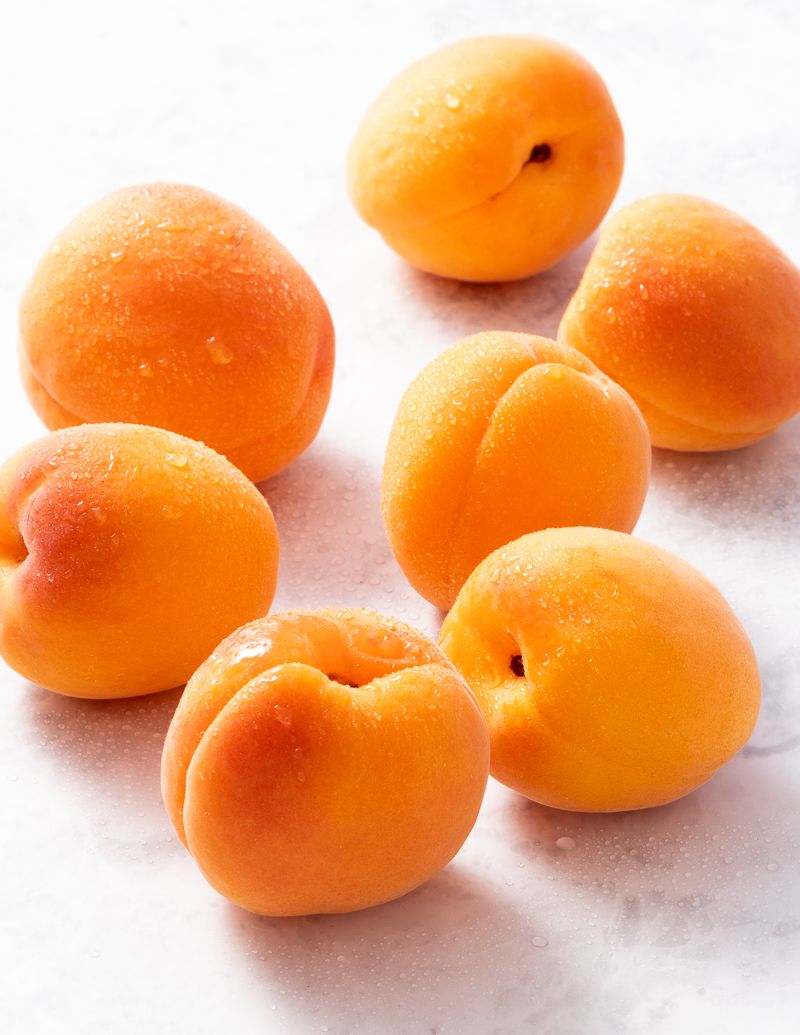
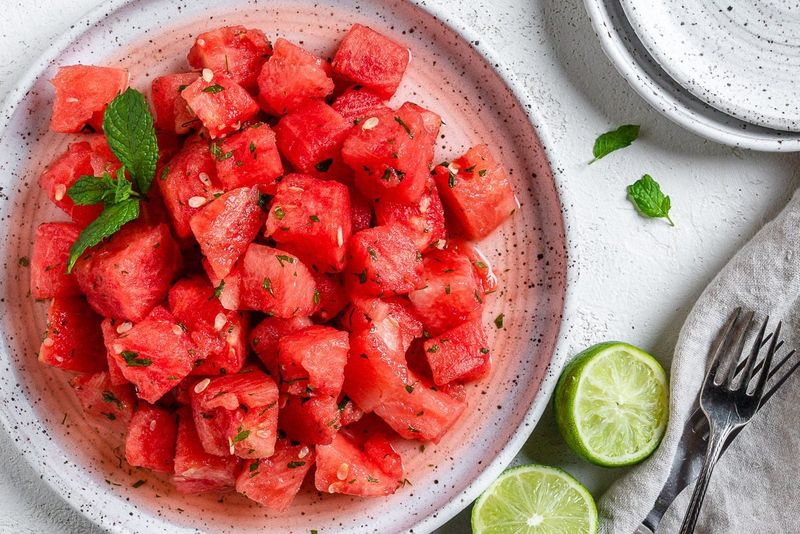
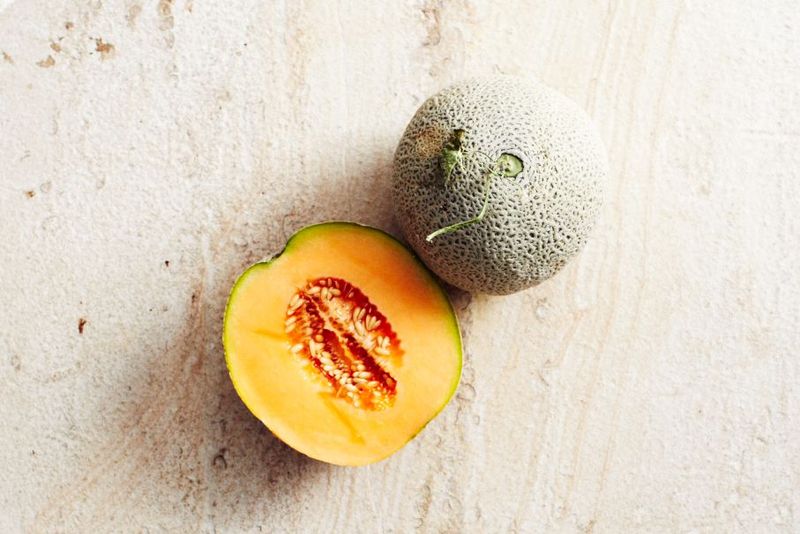
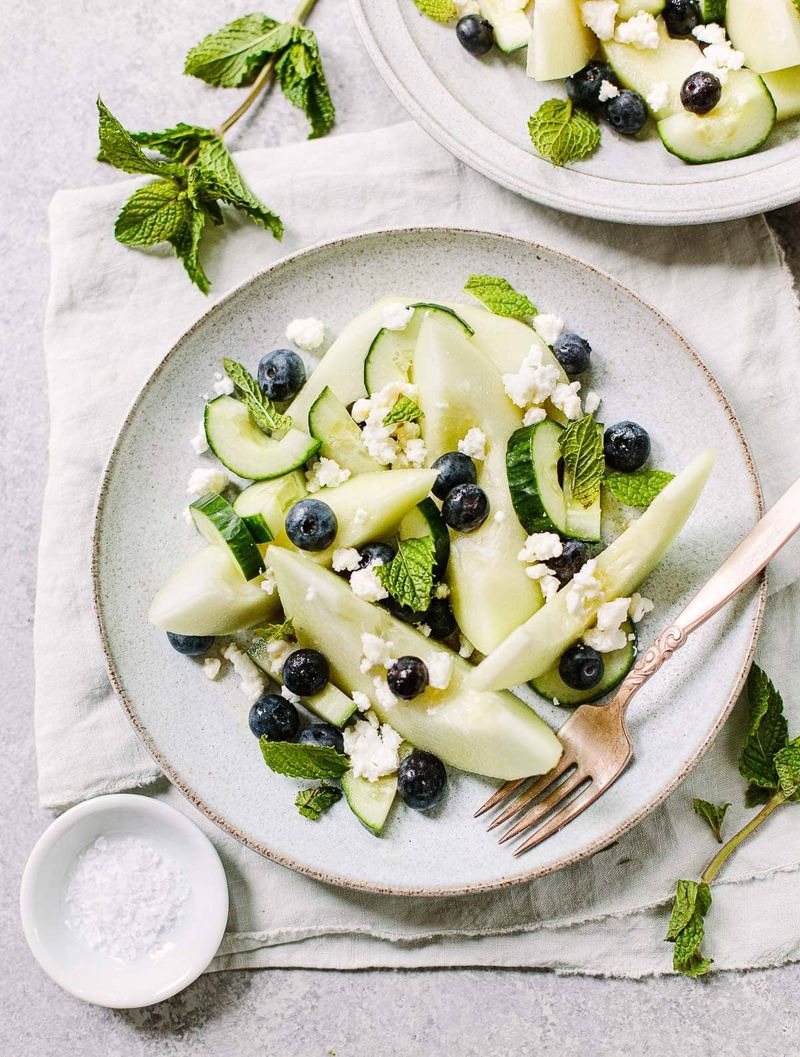
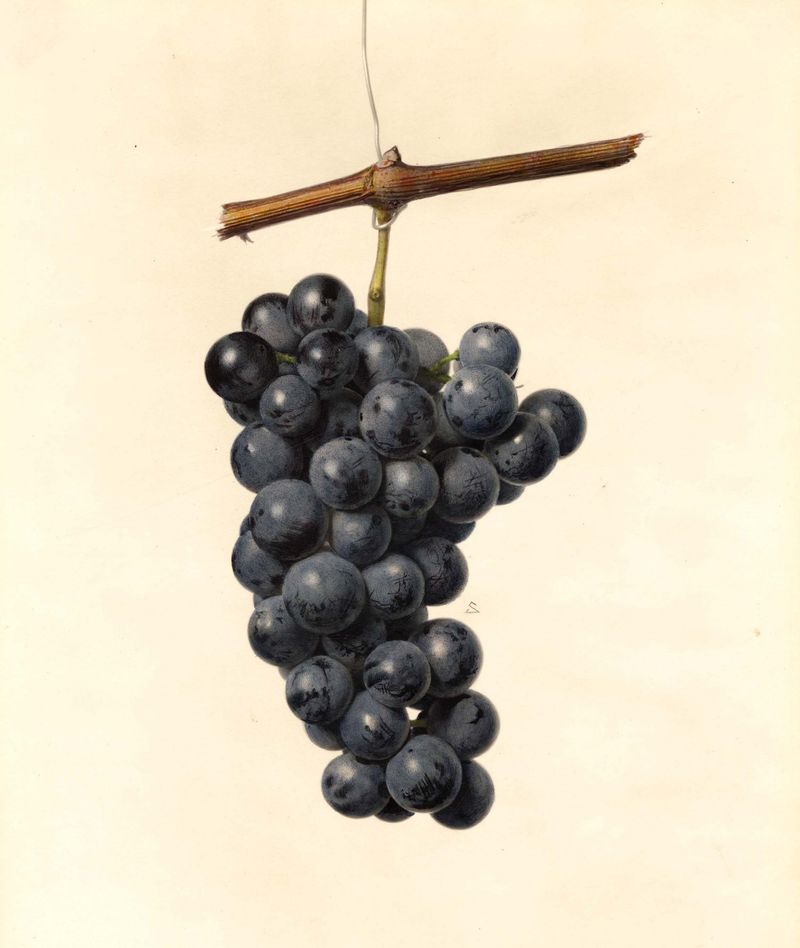
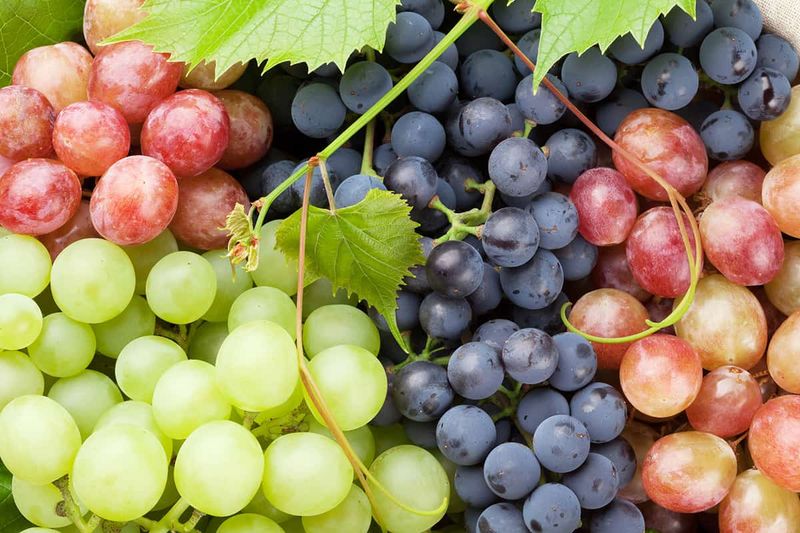
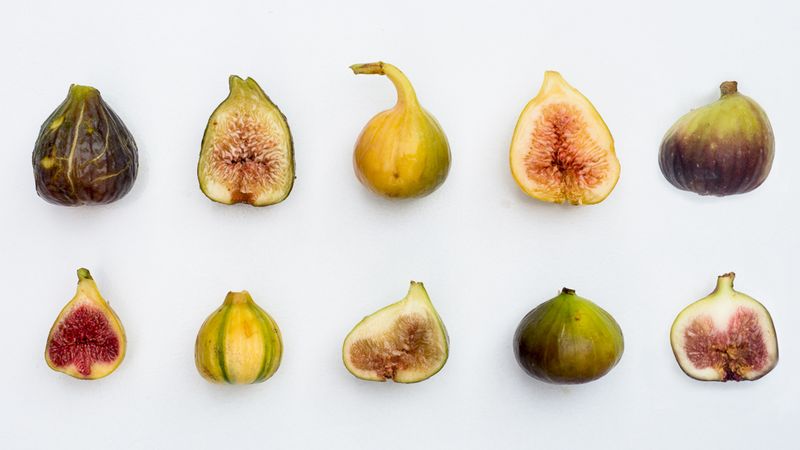
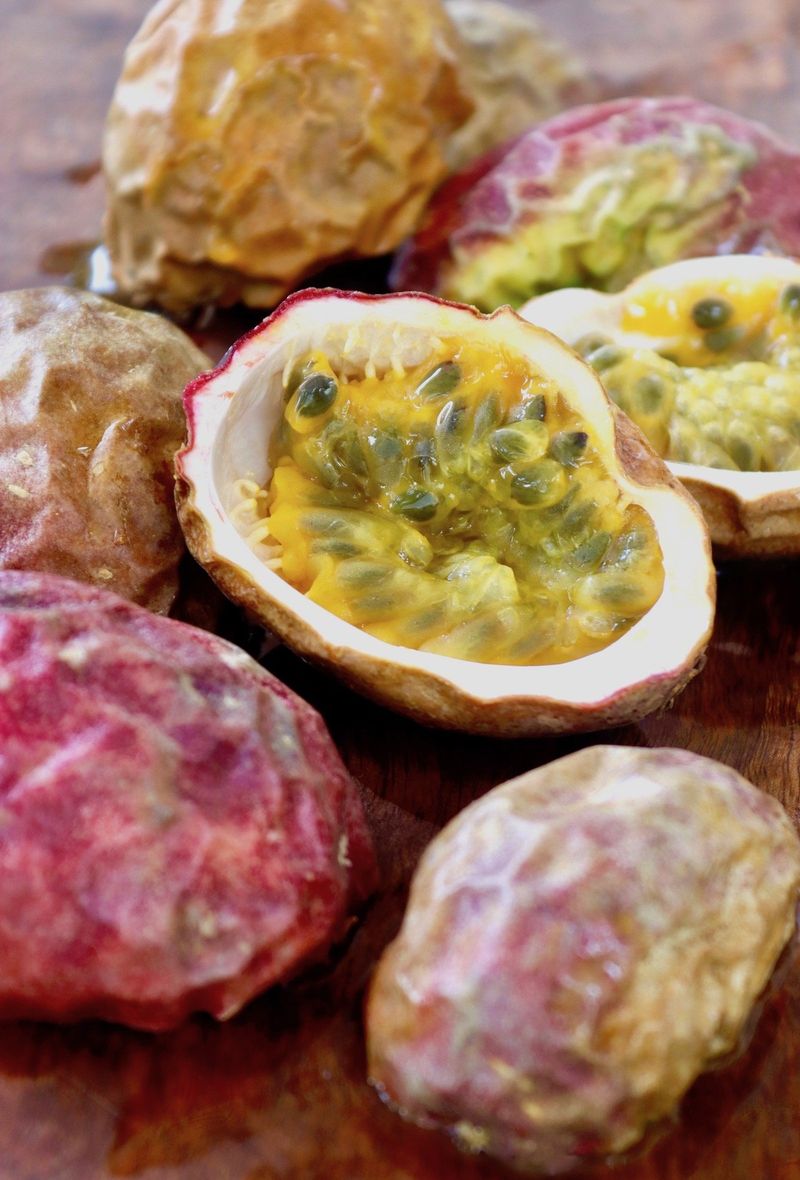
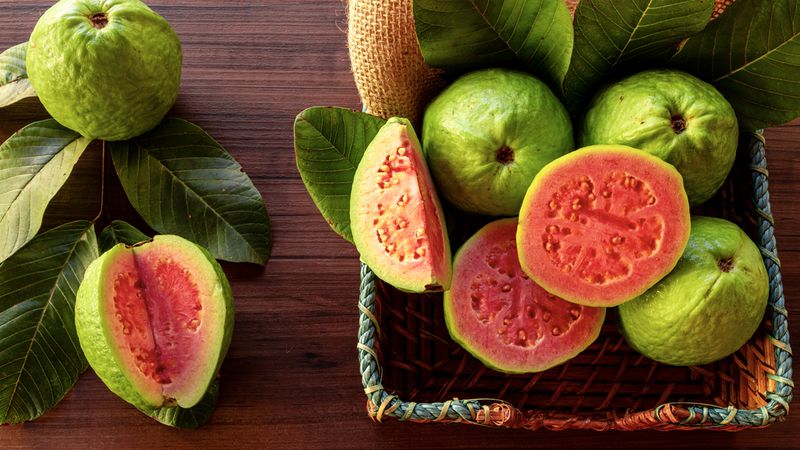
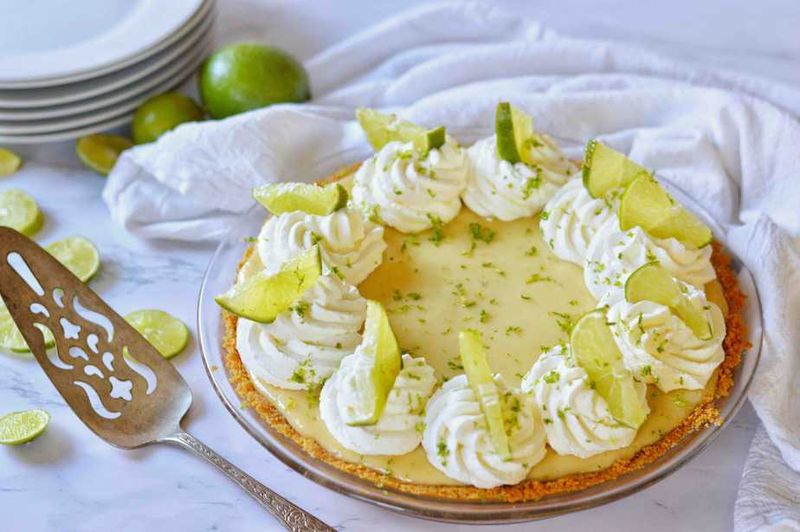
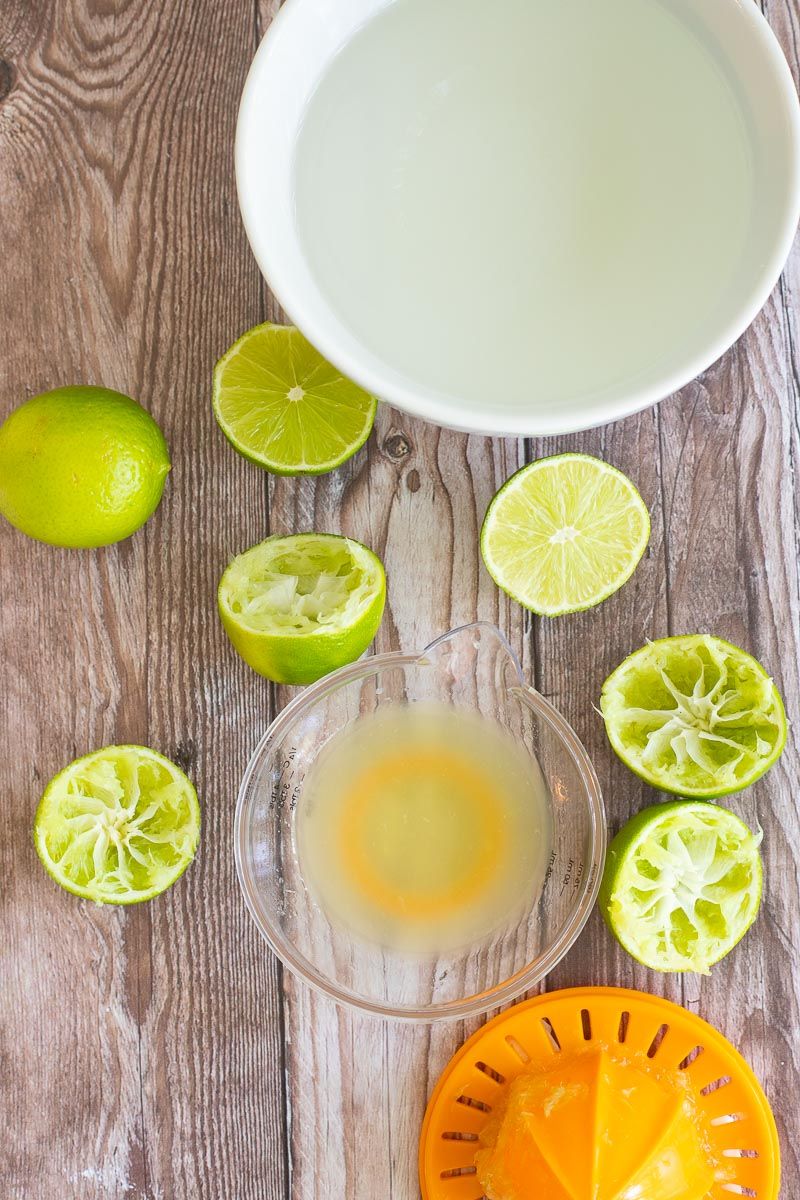
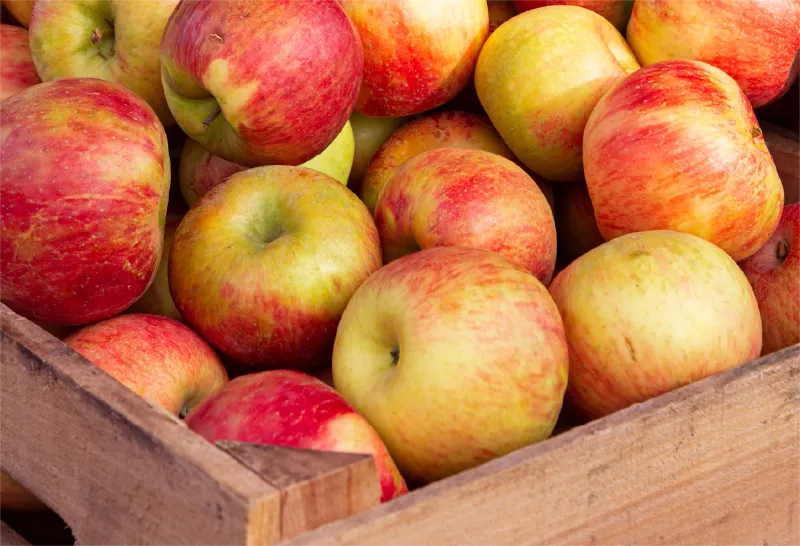
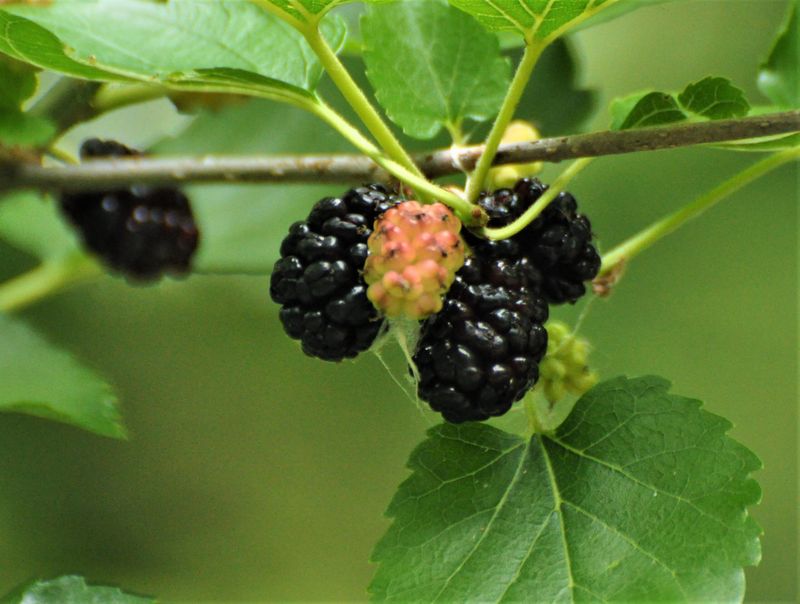
Leave a comment